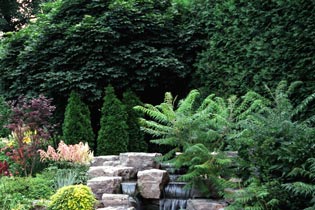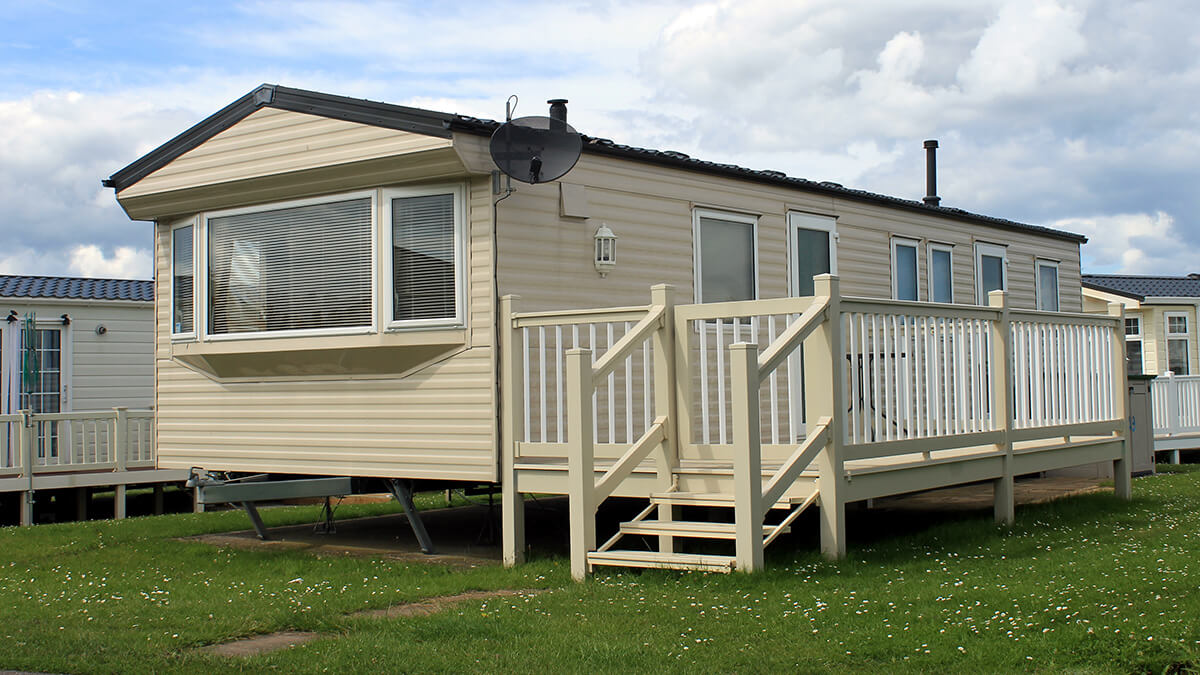How to transplant shrubs

It may seem the fall gardening season is coming to an end, but you're not finished until you tend to your larger landscape greenery. Most shrubs, trees and evergreens benefit from transplantation now because they receive two seasons of root growth before next summer's heat.
Evergreens:
Although spring is the best time to plant new evergreen shrubs, fall is a great time to transplant established ones.
- Prepare the planting hole in advance of the move – then put the evergreen in place.
- Steady the transplant with a stake if needed.
- Back fill with original soil mixed with peat moss.
- Water thoroughly.
Evergreens don't require much pruning because of their symmetrical growth pattern, but injured or diseased branches should be cut away in the fall. To maintain symmetry and encourage denser foliage, use pruning or hedge shears to get the desired shape and size. Prune evergreens along natural growth patterns when possible.
Shrubs and trees
Most shrubs, young trees and hedges thrive when planted or transplanted in fall, although a few exceptions like Birch, Dogwood and Magnolia do better when planted in spring.
Nurseries and garden centers usually offer good sales to gardeners at this time of year.
Take advantage of sale plants, but check to see if they are healthy and not pot-bound. To solve this problem, simply cut an X in the underside of the root ball, then prune the unhealthy roots.
- Select a well-drained site with proper amounts of sunlight before transplanting or planting shrubs and trees.
- Dig a hole 3 times wider than the root ball or container – the hole should be no deeper than the depth of soil in the container.
- Carefully set root ball into hole and back fill with original soil. Do not add any organic matter to backfill, so the new transplant can adapt more quickly to its surrounding native soil.
- Water newly planted shrubs or trees more than usual – especially during the first critical weeks.
- Keep an eye on your transplanted tree or shrub, making sure it receives plenty of moisture. Plan on long, deep watering sessions during fall and early winter. Adding mulch also helps prevent water evaporation during fall and winter months.





